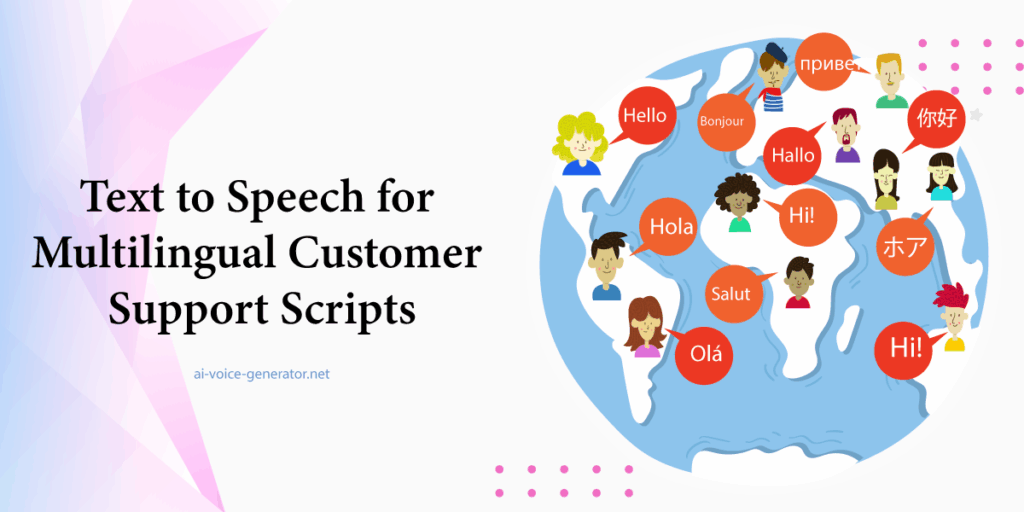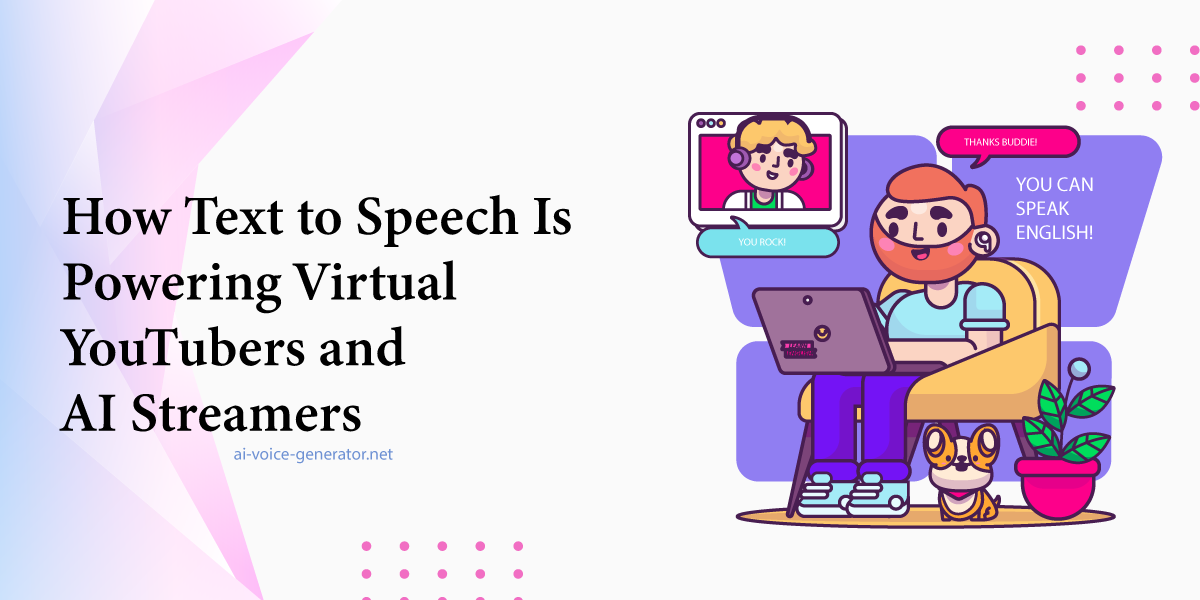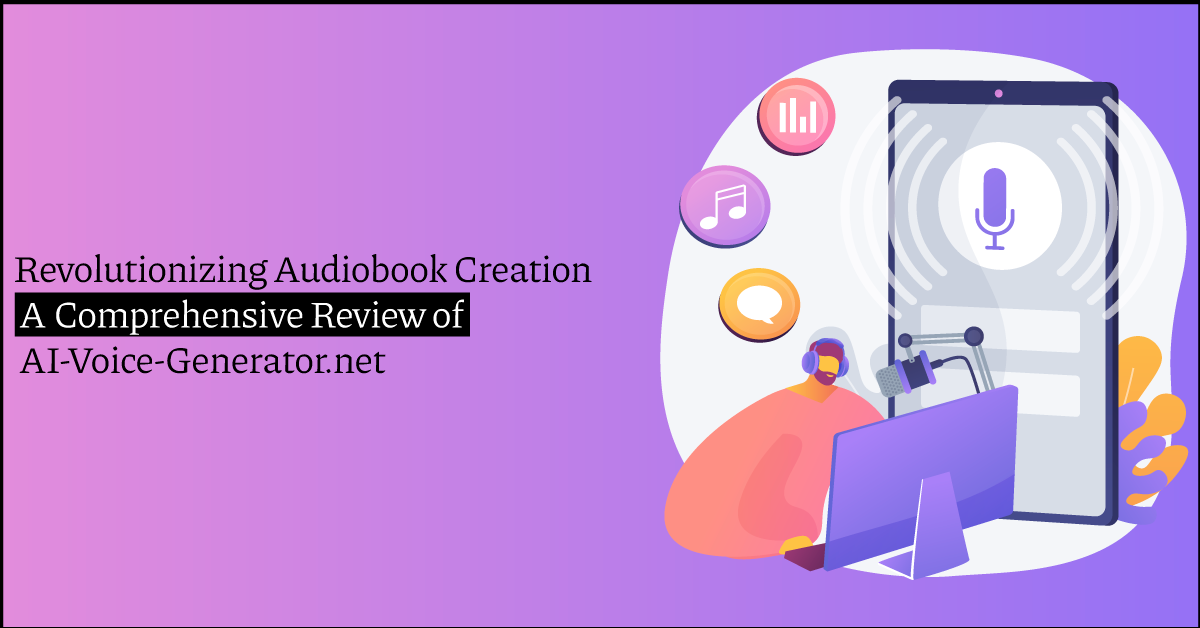
Text to Speech for Multilingual Customer Support Scripts
In today’s fast-paced digital world, customers expect instant responses and clear communication, no matter where they are or what language they speak. Businesses serving a global audience can’t always rely on human voice actors to deliver support scripts that are accurate, consistent, and timely across multiple languages. This is where text to speech technology becomes not just useful but essential.
With the ability to convert written words into natural-sounding voices, this technology is reshaping how companies approach voice-based customer service. It’s no longer a novelty; it’s a necessity for organizations that want to deliver support around the clock and across borders — all while staying efficient and scalable.
Multilingual support is often challenging due to the cost of hiring multiple speakers or the complexity of producing updated recordings for every script revision. Thankfully, AI-powered voice solutions solve that pain point and more. A powerful text to speech free tool can be the backbone of a modern, multilingual customer support system, enabling faster, smarter, and smoother interactions.
Why Global Businesses Rely on AI Voice Solutions
Modern support teams are no longer limited to manual recordings. When businesses update their help desk information, phone system greetings, or product walkthroughs, they need immediate voice output in multiple languages. AI text to speech makes this possible by generating lifelike voices in just a few clicks, without studio time or voice actor coordination.
Moreover, AI voice generation eliminates inconsistencies that arise from re-recording scripts. It ensures a unified tone across all languages and channels, which strengthens brand identity and customer trust. Companies that once had to wait weeks for voiceovers can now roll out multilingual updates in minutes.
These solutions aren’t just about speed. They also adapt to different regional preferences. A business can choose voices that sound more local — adding a subtle but important touch of personalization, especially in customer service scenarios.
Voice Scripts Made Easy with Text to Speech Tools
Voice scripting used to be a production-heavy task. Creating even a short message required a scriptwriter, voice talent, audio engineer, and editing time. Today, tools like text to audio free platforms allow customer support teams to skip that lengthy process entirely. Whether it’s a short error message or a detailed troubleshooting guide, teams can now generate voice outputs instantly and update them as often as needed.
This is especially helpful for companies that operate in industries where information changes rapidly, such as tech support, financial services, or travel. Being able to quickly push new scripts — and do so in multiple languages — makes a measurable difference in customer satisfaction and service efficiency.
By leveraging AI-driven tools, businesses are saving not just time but thousands in production costs annually. With dynamic voice updates, multilingual communication becomes scalable, even for small and mid-sized companies.
How Text to Speech Online Supports IVR Systems
Interactive Voice Response (IVR) systems are the first point of contact for many customers. When someone calls a business, they expect clear navigation and helpful prompts in their native language. Using text to speech online tools ensures that these automated systems speak with clarity and consistency.
The traditional IVR setup involved pre-recorded audio prompts that were costly and rigid. Any change in call routing or business hours requires re-recordings, causing delays and additional expenses. With online voice generators, these updates happen in real-time.
Because the audio output is digitally generated, it also means the system can support more languages than ever before. Whether the caller is in Tokyo or Toronto, they can be guided through the same system with language-appropriate prompts, all generated through a single platform.
Benefits of Free Online Text to Speech for Small Teams
Smaller businesses often struggle to match the multilingual support capabilities of enterprise-level companies. They may not have the budget to hire voiceover professionals or the infrastructure to manage complex recording workflows. This is where free online text to speech tools come in handy.
By using these accessible platforms, even a two-person customer service team can provide localized voice responses in multiple languages. These tools give smaller teams the power to compete on a global level, leveling the playing field when it comes to customer satisfaction.
Plus, these solutions aren’t just limited to phone systems. They can also be used for voice-based FAQs, in-app support messages, video tutorials, and even smart speaker integrations. The key advantage is how effortless it becomes to create multilingual content — all without stretching the budget.
Choosing the Right Text to Voice Generator for Customer Support
Not all AI voice tools are created equal. For customer-facing voice scripts, clarity and naturalness are essential. A robotic or flat voice can damage a brand’s credibility, especially in support scenarios where tone and delivery matter. Choosing a reliable text to voice generator means selecting one with a wide range of realistic voices, language support, and customization options.
Look for platforms that let you tweak pitch, speed, and emphasis. This allows teams to fine-tune the output to match the brand’s tone. A calm, empathetic voice might be ideal for a medical helpline, while a more upbeat tone may suit retail support better.
For example, one of the most flexible tools in this space is the AI Voice Generator, which allows seamless script input, quick multilingual conversion, and an expansive voice library to match any business use case.
Enhancing Brand Identity with Consistent Text to Speech Voices
Consistency is key in customer experience. Whether a customer interacts with your brand via phone, app, or website, they should hear the same voice and tone across channels. This is possible through customizable text to speech voices that ensure brand alignment every step of the way.
By using the same AI-generated voice across support messages, companies build familiarity. That recognition helps reduce friction and improves trust. It’s much like using a consistent logo or color scheme — except in audio form.
Voice choice can also affect how users perceive support quality. A soothing voice during high-stress calls or a confident voice for technical assistance enhances the user experience. With customizable AI voices, businesses have full control over how they sound — a huge step forward from static, pre-recorded clips.
Speed and Flexibility with a Text to Speech Generator
Customer support scripts are never static. Offers change, policies evolve, and customers bring up new concerns. In such an environment, the agility of a text to speech generator is crucial. It allows support teams to generate and roll out new scripts in hours rather than days.
This flexibility extends to multilingual capabilities. Updating a return policy voice message in five languages used to be a complex process — now it takes minutes with the right generator. Teams can test different scripts, adjust tone, and release updates without any technical barriers.
Because AI voice tools store voice configurations and previous outputs, there’s also no need to start from scratch each time. This means fewer delays, more consistency, and a faster path to resolving customer concerns with updated voice scripts.
Text to Speech Free Tools for Scaling Global Support
When expanding into new regions, businesses often delay localized support because of voiceover costs. But with text to speech free platforms, that barrier disappears. Companies can instantly deploy support messages in regional languages and dialects without investing in local studios or hiring multilingual voice actors.
This scalability is key for startups and mid-tier businesses looking to tap into global markets. AI voice tools allow teams to experiment with regional launches, offer tailored messages for different time zones, and adapt customer support workflows — all without growing headcount.
Even more, many platforms offer API access so that teams can integrate voice responses directly into their CRM or help desk software. That automation ensures that voice outputs are updated automatically whenever a text change occurs.
Accessibility Improvements Using Text to Speech Technology
Another often overlooked use of text to speech in support is accessibility. For users with visual impairments or reading difficulties, audio versions of help guides or support instructions are vital. AI voice tools allow businesses to serve this audience with clarity and inclusiveness.
Instead of having to record audio manuals, companies can use TTS tools to convert entire help documents into audio — enabling a richer, more supportive user experience for all customers. It’s also useful in mobile-heavy regions where reading long texts may not be practical.
Whether it’s a product walkthrough or a complex billing explanation, spoken support gives users more options — and ultimately leads to better outcomes.
Integrating Text to Audio Free Features in Omnichannel Support
Customer service today isn’t limited to phone calls. People reach out through apps, smart speakers, websites, and more. Using text to audio free solutions across these platforms ensures consistency and availability wherever users are listening.
Imagine a customer reading a FAQ on their mobile phone who switches to listening through their smart speaker. If the voice matches the tone and language from previous touchpoints, the experience feels smooth and connected.
This cross-platform continuity makes support more intuitive. And because updates to scripts are made centrally, there’s no need to manage different versions of the same message across platforms. Everything syncs automatically through the generator.
Delivering Multilingual Support with AI Text to Speech
Providing multilingual support isn’t just about translating words. It’s about conveying messages naturally, with the right rhythm and tone. AI text to speech achieves this by offering localized voices that mimic native speakers, ensuring clarity and cultural relevance.
Instead of sending written instructions or relying on translation tools, businesses can use AI voices to guide customers in a more human-like way. This reduces misunderstandings and eliminates the robotic feel of outdated support systems.
It’s especially useful in customer journeys that include emotional stress — such as technical issues, travel problems, or healthcare queries. A natural voice that speaks the listener’s language makes all the difference in how that message is received.
Building Trust with Free Online Text to Speech
Trust in customer support isn’t just about solving problems. It’s about how you communicate. Clear, warm, and reliable voice responses contribute to positive experiences, and free online text to speech solutions help businesses deliver that without huge budgets.
When users hear consistent and pleasant voices during their interactions, they’re more likely to return and recommend the service. AI-generated voices can simulate empathy and reassurance — two things often missing in older IVR systems.
And because these solutions are constantly improving, businesses can access premium-quality voice generation without a massive upfront cost.
FAQs
It converts written scripts into audio for phone menus, help desks, and FAQs.
Yes, many tools offer realistic voice options in dozens of languages.
Many platforms offer free tiers ideal for small support teams.
It ensures clear, consistent messaging across languages and platforms.
Yes, updates can be made in minutes with no need for re-recordings.

